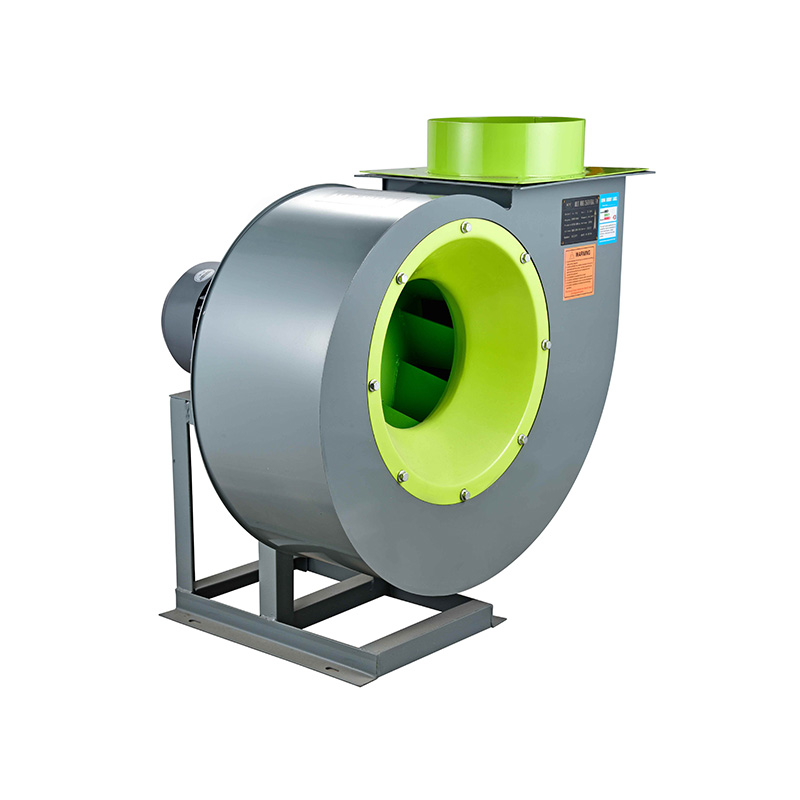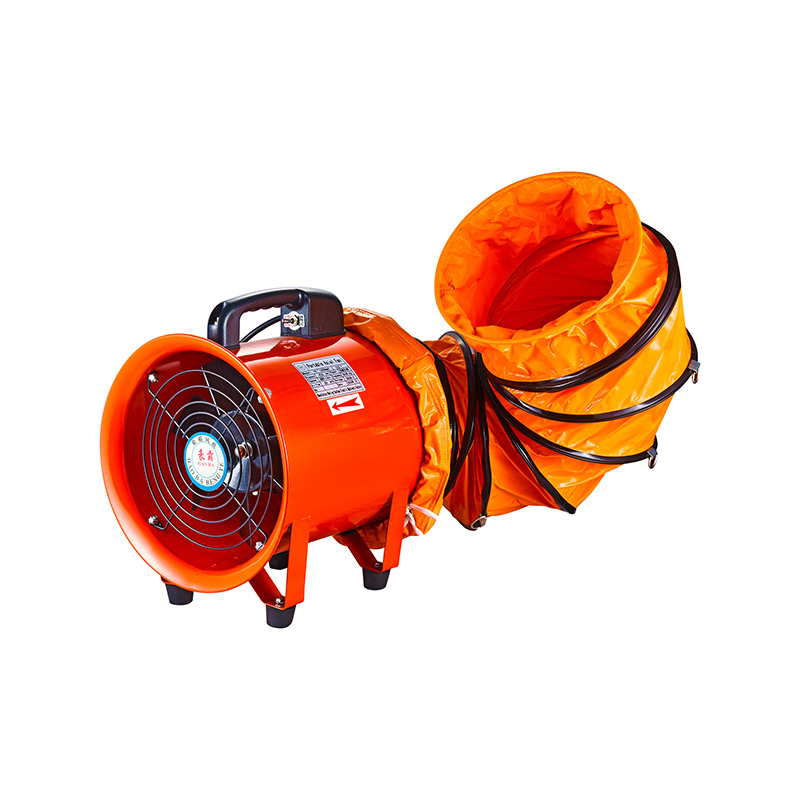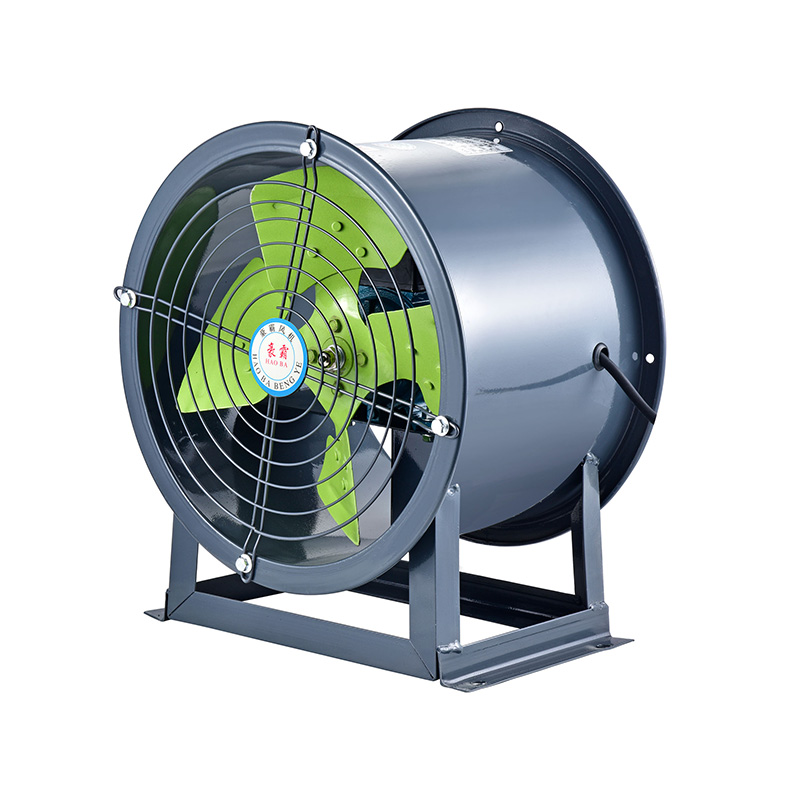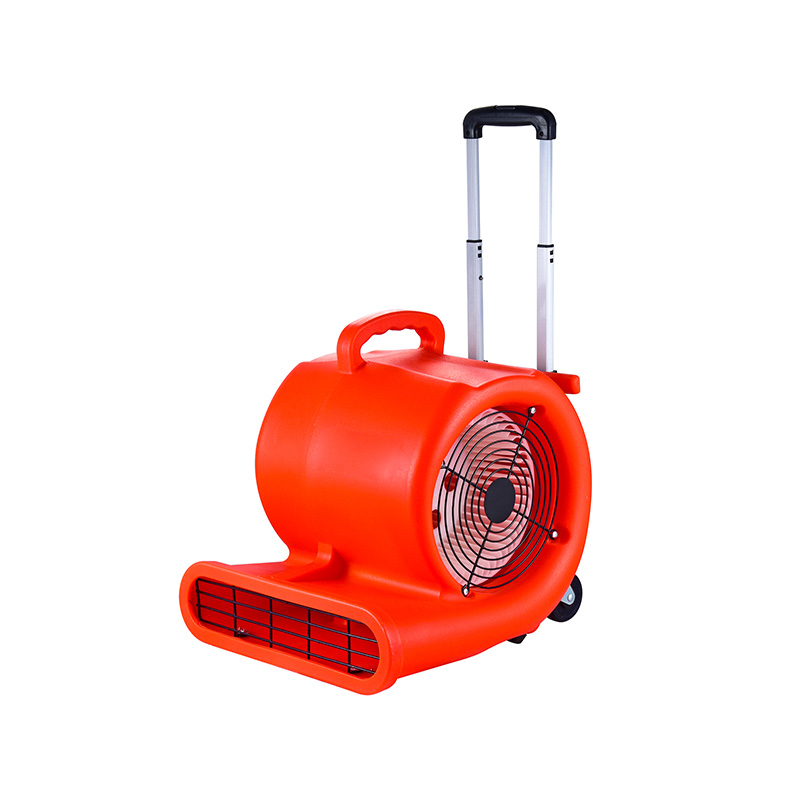How To Clean And Maintain Ventilation Fan Blades
2025-07-08
Proper cleaning and maintenance of ventilation fan blades play a crucial role in ensuring efficient airflow and prolonging the service life of ventilation equipment. Whether you are dealing with a high pressure blower, a ventilator exhaust fan, or a fan powered by an external rotor motor, keeping the blades clean can prevent performance issues and reduce energy consumption. In this article, we will explore practical steps and tips on how to clean and maintain ventilation fan blades effectively.

Ventilation fans are exposed to dust, grease, and other airborne particles over time, which tend to accumulate on the blades. This buildup can disrupt airflow, reduce the fan’s efficiency, and cause unnecessary strain on the motor. In systems like a high pressure blower, where consistent airflow and pressure are critical, even minor dirt on the blades can lead to noticeable drops in performance. Similarly, a ventilator exhaust fan installed in kitchens or industrial settings often faces grease and grime that require regular cleaning.
The one step to cleaning ventilation fan blades is to ensure safety. Always switch off the power supply before beginning any maintenance work, especially for fans equipped with an external rotor motor. These motors often have integrated electrical components that can be damaged or pose a safety hazard if cleaned improperly. Once the power is off, remove any protective covers or guards surrounding the blades to access them fully.
Use a soft brush or cloth to gently remove loose dust and debris from the blades. For fans such as a high pressure blower, where blades are often more robust and tightly spaced, using compressed air can help dislodge stubborn dust in hard-to-reach areas. However, take care not to damage any delicate components, especially near the external rotor motor, which requires careful handling to avoid water or chemical exposure.
For more thorough cleaning, prepare a mild detergent solution mixed with warm water. Avoid harsh chemicals that may corrode metal or plastic blade materials. Dip a cloth or sponge into the solution and wipe each blade individually, paying attention to any greasy or sticky residue common in ventilator exhaust fans used in food preparation environments. After cleaning, use a dry cloth to remove any moisture, preventing rust or mold growth.
In cases where fan blades are removable, taking them off can simplify cleaning and allow you to clean behind the blades and inside the casing. This is particularly useful for high pressure blower systems, where buildup inside the housing can affect the pressure balance and airflow dynamics. When reassembling, ensure blades are correctly aligned and fastened to maintain balance and avoid vibration issues that could affect the external rotor motor’s lifespan.
Regular maintenance goes beyond cleaning. Inspect the fan blades for signs of wear, such as cracks, chips, or warping. Damaged blades can cause imbalance and noise, putting extra strain on the external rotor motor and reducing the overall lifespan of the ventilator exhaust fan. If you notice any defects, it is advisable to replace the blades promptly to avoid further damage.
Lubrication is another important maintenance task, especially for fans with an external rotor motor. Although many modern external rotor motors are designed to be maintenance-free, some models may have bearings that benefit from periodic lubrication. Consult the manufacturer’s guidelines to determine the appropriate type and frequency of lubrication.
Balancing the blades is essential for smooth operation. After cleaning and reassembly, spinning the fan manually can help detect any resistance or unusual wobbling. An imbalanced blade set can lead to vibrations that stress the high pressure blower components and cause premature wear on the external rotor motor. If necessary, use balancing kits or professional services to ensure good balance.
Besides mechanical upkeep, maintaining clear airflow paths around the ventilator exhaust fan contributes to better performance. Keep ducts, grills, and surrounding areas free of obstructions and regularly check for dust accumulation. A clean environment allows the fan blades to operate more efficiently, reducing the load on the high pressure blower and external rotor motor.
In summary, regular cleaning and maintenance of ventilation fan blades are vital to keeping systems such as high pressure blowers and ventilator exhaust fans running efficiently. Careful handling of fans with external rotor motors during cleaning helps avoid damage and prolongs motor life. By following these practical steps—safety precautions, gentle cleaning, inspection, lubrication, and balancing—you can support consistent airflow and reduce the likelihood of mechanical problems. Keeping your ventilation equipment in good condition not only enhances its performance but also contributes to energy savings and quieter operation over time.

 English
English русский
русский عربى
عربى









